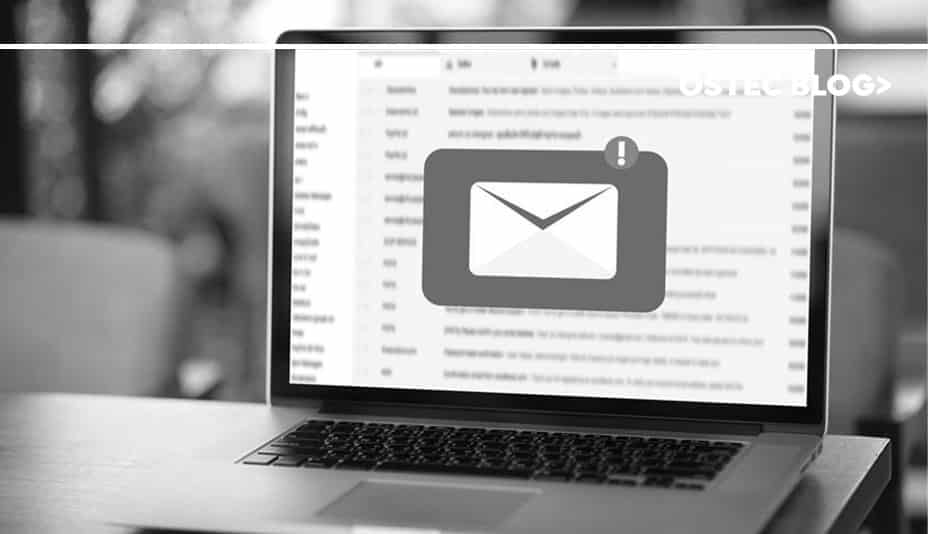This post is also available in: Português English Español
E-mail is an essential communication tool in companies’ daily routines, for not only speeding up the exchange of information, but also for centralizing valuable and often-strategic business data. In view of this, it is necessary for IT teams to direct part of their time, and budget, to ensure security over the transactions and email storage.
The use of technological solutions, based on security guidelines, addressing the use of corporate e-mail, reduce the possibility of incidents associated to this resource, guaranteeing all the benefits of the tool as a mean of communication in companies.
Check out some essential tips on email securityand understand the importance of establishing effective control over transactions made through this resource.
Anti-spam vs. Malicious emails
E-mail messages, seemingly harmless, often hide malicious intent, potentially compromising physical assets and e-mail accounts of company employees. Malicious e-mails usually contain attachments, with instructions that may cause damage to equipment, or links that point to fake websites, which induce the user to pass on personal data, as well as credentials to access e-mail, banks, and systems, with intent to cause various damages.
Blocking incoming malicious emails is the first step to avoid attempted email fraud. The use of specialized e-mail security solution with robust protection layers, including the anti-spam function, drastically reduces the occurrence of these messages, reaching, in some cases, retention rates of approximately 98%.
Using Data Loss Prevention (DLP)
An important complement, found in solutions for email security, is the concept of Data Loss Prevention (DLP). Anti-spam and DLP techniques work synergistically, while the anti-spam module prevents malicious email from entering users’ mailboxes, DLP limits the risk of leakage of sensitive information by methods that identify sensitive content patterns in e-mail.
The module of data loss prevention (DLP) is a powerful layer of protection, present in some solutions for the security of e-mails, being a point to be taken into account when choosing the product responsible for this function in the network corporate.
[rev_slider diagnostico-seg-email]
Determining guidelines for using email
In addition to the protection measures, which use technological resources, it is indicated the application of ancillary measures, such as the development of a document with best practices for the use of corporate e-mail, aligned with the information security policy adopted by the company. In this sense, the challenge is to work together, with the purpose of supplying technological edges, which can compromise the resource. Best practice documents and guidelines, awareness campaigns, recycling, are valid alternatives to ensure better results in the face of email security in organizations.
The market has a considerable range of products to guarantee information security, national and international suppliers of various sizes. However, it is worth mentioning that delivering a solution to meet different business realities must encompass a number of requirements, including those that are often intangible. As a result, it is essential to be aware of the technical characteristics of the product and the vendor’s ability to deliver solution so that expectations regarding the security of the e-mail resource are not frustrated.
Do you already have a technological solution like this in your company? Have you elaborated a policy of access and use of equipment for your team? Share your experiences!
This post is also available in: Português English Español









